Fidur
Chumono
Some background:
- I bought this fukien tea 2 weeks ago. Didn`t dare to repot it in new soil now, so I just poured some akadama over to cover the fine roots I could see on top of the soil...Also made a fast styling, prunning and wiring.
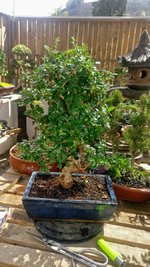
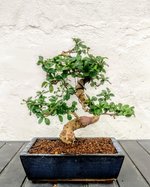
- Last ten days (and the forecast says next ten), wheather had been rainy with over 90% humidity and 15ºC-22ºC (59-72ºF) in my bonsai garden (wich is also covered with a shade mesh). This is very unusual in my climate
- After reading about the best conditions for this species, I decided to get it into my home at night the last two days.
- I've been watering, only when the akadama looked dry (almost never, as it's been raining...)
- Today I discovered:
a) A very subtle web over the soil (hope you can see it in the pic).
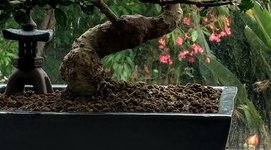
b) Some tiny brown specs in 3 or four of the leaves:
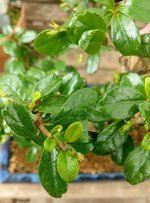
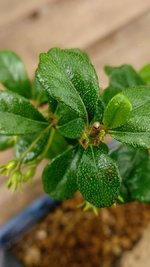
Maybe I sound a bit histerical, but I have just applied a bit of fungicide
So, what do you think is going on with this tree?
- I bought this fukien tea 2 weeks ago. Didn`t dare to repot it in new soil now, so I just poured some akadama over to cover the fine roots I could see on top of the soil...Also made a fast styling, prunning and wiring.


- Last ten days (and the forecast says next ten), wheather had been rainy with over 90% humidity and 15ºC-22ºC (59-72ºF) in my bonsai garden (wich is also covered with a shade mesh). This is very unusual in my climate
- After reading about the best conditions for this species, I decided to get it into my home at night the last two days.
- I've been watering, only when the akadama looked dry (almost never, as it's been raining...)
- Today I discovered:
a) A very subtle web over the soil (hope you can see it in the pic).

b) Some tiny brown specs in 3 or four of the leaves:


Maybe I sound a bit histerical, but I have just applied a bit of fungicide
So, what do you think is going on with this tree?
